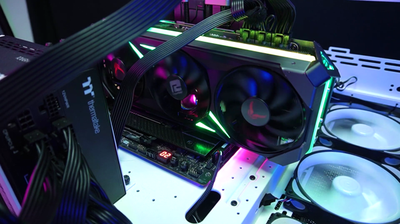
Powerful Radeon GPU: My experience with the PowerColor Red Devil Radeon RX 7900 XTX Limited Edition (2024)
My thoughts on the PowerColor Red Devil RX 7900 XTX (LE): design, cooling efficiency, features, gaming performance
Introduction
I recently purchased the PowerColor Red Devil AMD RX 7900 XTX Limited Edition Graphics Card. As a passionate gamer who also likes tech, I was looking for a GPU that could meet both my gaming and VR needs. This card boasts quite an extensive memory and stream processors - more on this below.
Some photos (click to enlarge)
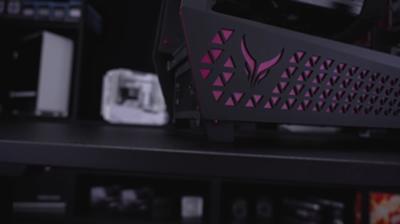
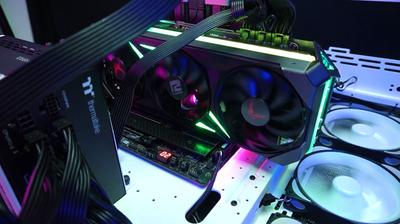
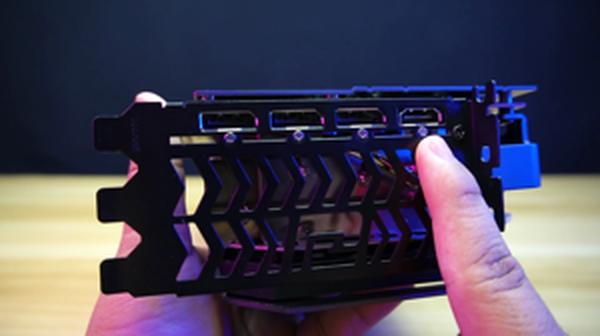
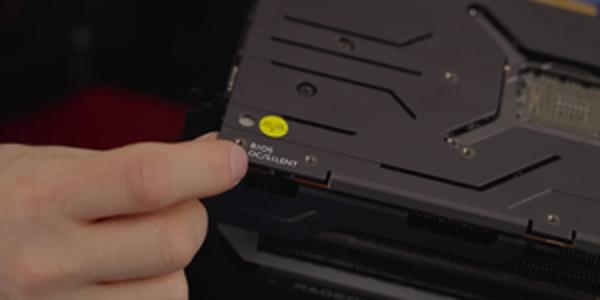
Specs of the PowerColor Red Devil RX 7900 XTX
- Release Year
- Brand
- Graphics Coprocessor
- Graphics Ram Size
- Gpu Clock Speed
- Gpus-video-output-interface
Prices
First Impressions and Design
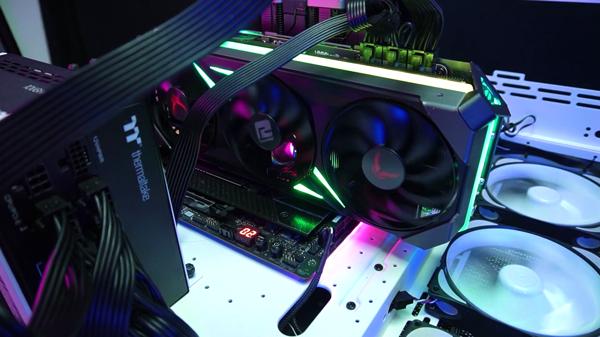
The launch of the PowerColor Red Devil AMD Radeon RX 7900 XTX Limited Edition Graphics Card captivated my attention not just by its name but by its impressive specs and distinctive design. Right off the bat, the 24GB GDDR6 video memory and a massive 6144 stream processors promise extensive power for demanding games and applications. The dual operating modes caught my eye; having the flexibility between an overclocked Game Clock of 2395 MHz and a quieter Silent Mode is something I appreciate.
Here's a quick breakdown of what stands out to me—both positive and negative:
Pros:
Generous 24GB video memory for gaming and creative workloads
Powerful Boost Clock up to 2565 MHz in OC mode for peak performance
Dual BIOS for user choice between performance or silent operation
Advanced Cooling Technology with smart fan control and effective heat dissipation
Visually striking design with customizable ARGB lighting
Sturdy metal bracket and backplate to prevent GPU sag
Cons:
Sheer size can be a problem for smaller cases or ITX builds
Premium features come with a higher price tag
Potentially damaged packaging upon delivery, not ideal for collectors
Some instances of coil whine under heavy loads
The aesthetic of the card deserves some attention, with customizable ARGB lighting adding a personal touch to my setup. And while the size—practically a "brick" as I'd call it—may be imposing, it's a testament to the robustness and elaborate cooling system. The transition from my previous GPU to this behemoth resulted in significantly cooler temperatures even when pushing the limits with high-resolution games like Cyberpunk.
However, not everything is perfect. The card's size may limit compatibility with certain builds, which can be a drawback for those with compact cases. The premium price point is also something to consider, as it challenges the notion of value against competitors like the RTX 4090. And though it's a minor gripe, the condition in which the packaging arrived was disappointing, especially for a Limited-Edition product. Lastly, I'd be remiss not to mention the slight concerns around coil whine — something that could be off-putting to audio-sensitive users.
Despite these drawbacks, the Red Devil RX 7900 XTX Limited Edition stands out as a fascinating piece of hardware. It's not just the brute force of gaming performance but the entire spectrum of design details—from the 9-blade fan design and increased copper plate area to the 14-layer PCB and premium capacitors—that show PowerColor's commitment to pushing the boundaries. The PowerColor Red Devil is a piece that resonates with my desire for a unique, high-performance GPU. It's tempting to consider it the heart of a gaming rig that doesn't just play well but also looks the part.
Performance and Cooling

When it comes to both performance and cooling, the PowerColor Red Devil AMD Radeon RX 7900 XTX Limited Edition Graphics Card left a strong impression on me. This piece of hardware is a powerhouse, both in terms of its robust specs and its sophisticated cooling system.
Here's a quick rundown of the specs that caught my attention:
Game Clock: Ramping up to 2395 MHz in OC mode.
Boost Clock: Pushing to a substantial 2565 MHz when overclocking.
Memory Clock: A swift 20.0 Gbps.
Stream Processors: It boasts a hefty 6144 units.
Now, the cooling system designed by PowerColor for this card is nothing short of impressive. Dual ball bearings in the fans mean a smoother run and longer lifespan. Smart temperature detection kicks fans on at 60℃ and shuts them off again at 50℃, optimizing both noise levels and temperature control. I found the enhanced 9-blade fan design to be particularly effective—it did indeed lower GPU temperatures by about 3℃ compared to older models in my tests.
The upgraded copper plate and the 8 x 6φ nickel-plated copper heatpipes efficiently diffuse heat from the GPU and VRAM, maintaining a balanced temperature even under load. This is complemented by the 12+3+2 phase VRM with DrMOS, bringing stability and protecting the card during overclocking sessions. High-quality polymer capacitors also contribute to this stability with lower power loss.
The robustness extends to the structure of the card, too. A 14-layer high TG PCB Board minimizes signal loss, and the metal backplate and side bracket prevent the dreaded GPU sag—a welcome feature given the sheer size of this card.
But it's not all perfect. The size of the card can be a drawback for those with smaller cases or particular build ambitions. In my situation, its three-slot width was a snug fit but could be a non-starter for compact setups.
I encountered some coil whine, but only during specific GPU loads, which might pose an issue if you're particularly sensitive to such sounds. However, under normal conditions, the noise was hardly noticeable in my case.
In conclusion, the PowerColor Red Devil RX 7900 XTX strikes a fine balance, providing top-tier performance with a cooling system to match. While its size and occasional coil whine may deter some, the sheer force of this card, twinned with its efficient and stable operation, is likely to win over many demanding enthusiasts like myself.
Features and Build Quality

When evaluating the PowerColor Red Devil AMD Radeon RX 7900 XTX Limited Edition Graphics Card, several features stand out from the build quality perspective. The robust metal bracket and metal backplate add notable sturdiness, preventing PCB bend and GPU sag, which is a common issue with heavyweight cards. I appreciate the thought PowerColor has put into making their card not only powerful but also durable in the long run.
Here's a summary of the standout features and some drawbacks:
Dual ball bearings in the fans are designed to halve rotational friction, promising a doubled lifespan.
Smart temperature detection allows the fans to operate only when needed, enhancing noise reduction and energy efficiency.
Advanced cooling techniques, such as increased copper plate area, directly contact GPU and VRAM, transferring heat more effectively.
The 12+3+2 phase VRM with DrMOS and IMON technology means stability and precision even when overclocking becomes intense.
The use of high-quality car-grade polymer capacitors and a premium 14-layer high TG PCB Board ensure less power loss and greater transmission stability.
However, it's not all perfect. The card's massive 3-slot design makes it a beast of a GPU that may not fit in smaller cases—a point to be wary of for those with compact builds. Also, the packaging could be improved; a high-quality product like this deserves better protection during shipping, and using stronger materials like Gorilla Tape could prevent shipping damage. Moreover, despite the Dual BIOS feature being a plus, the coil whine under specific loads could be a concern for users sensitive to high-pitched sounds, although this is a minor issue and hardly noticeable within a case.
On the aesthetic side, the customizable ARGB lighting offers a personal touch, allowing synchronization with the motherboard for a cohesive visual experience, which is important to me since I value both performance and appearance in my setup.
In terms of build quality, the Red Devil graphics card doesn't just rely on its impressive technical specs; its physical construction is meticulously designed to support the card's top-tier performance capabilities. Although I have minor gripes about the packaging, my main focus is on the product, and the card's undeniable reliability and build integrity overshadow these concerns. The heat dissipation efficiency and the care in electronic component selection make the Red Devil a wise choice for gamers and professionals alike who need a reliable, long-lasting GPU. It's not just about the numbers; it's about how well those numbers hold up under pressure, and the Red Devil seems built to withstand the heat of battle.
My Gaming and VR Experience

In my journey with the PowerColor Red Devil RX 7900 XTX, I've encountered a mix of impressive feats and a few stumbling blocks. The sheer might of the card is evident when playing the latest titles like Cyberpunk 2077. The smooth frame rates at maximum settings are a testament to the card's capabilities. VR experiences, too, have been transformative, with immersive environments rendered beautifully, contributing to a deep sense of presence.
However, the journey hasn't been without its hitches. For instance:
The card's size and weight are notable, necessitating a sturdy case with ample space to avoid any potential GPU sag or physical strain on the motherboard.
The exclusive design, while eye-catching, comes at a premium, and the price point might not justify the marginal gains over the reference model in terms of performance for every user.
Encountering driver issues in some games was disappointing, and a reminder that software optimization is as crucial as hardware prowess.
Yet, there are many positives to take away:
Improved thermal management has kept the card running at lower temperatures compared to the predecessor models.
The swap between OC and Silent BIOS options is seamless, allowing me to prioritize performance or noise level according to my current need.
Despite the initial letdown with packaging during shipment, the primary product has performed admirably without any functional problems.
The unique sense of ownership that comes with a limited edition card adds to the overall satisfaction of the purchase.
In conclusion, the PowerColor Red Devil RX 7900 XTX stands as a powerhouse for gaming and VR. While it demands a significant investment and a setup capable of accommodating its heft, the results are generally commendable. The issues I've faced, like coil whine under specific loads and the bulky dimensions causing fit troubles in a mini ITX build, are points to consider for potential buyers. However, if aesthetics, performance, and having a unique component in your rig are top priorities, and if the price aligns with your budget, this card is undeniably an appealing choice. Remember, though, to check case compatibility and be prepared to deal with the occasional driver hiccup for the most seamless experience.
Comments (0)
Share